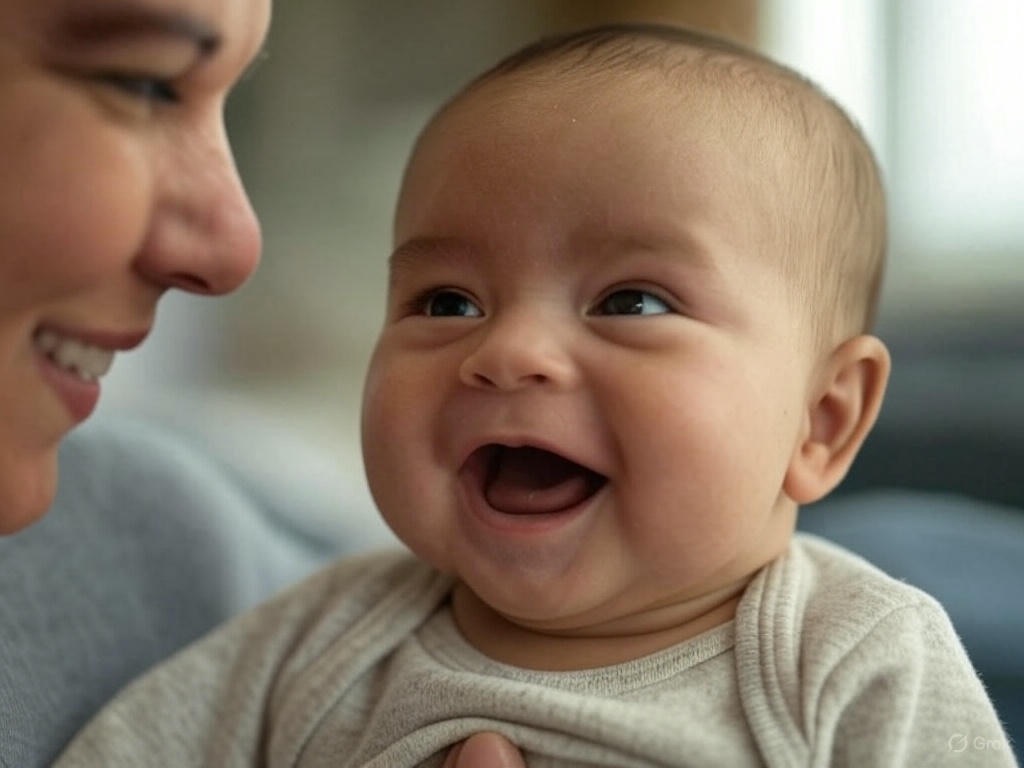A Neurobiological Hypothesis for the Empathetic Wall: The Habenula as a Real-Time Affective Filter
Brian Lynch, M.D., March 2025
Abstract
Donald Nathanson, building upon Silvan Tomkins' affect theory, introduced the concept of the "empathetic wall," proposing that humans are constantly engaged in "interaffectivity," absorbing the emotional states of those around them. However, he argued that this absorption is not passive; a protective filter, the empathetic wall, selectively regulates the intake of affective information to prevent overload (Nathanson, 1992). This paper posits that the habenula, an epithalamic structure, serves as the neurobiological substrate for this "empathetic wall," modulating affective responses in real time. Integrating Tomkins' emphasis on the primacy of cutaneous sensory input, we explore the possibility that affective responses are initiated prior to hippocampal involvement, with memory encoding occurring post-affective reaction (Tomkins, 1962).
Theoretical Foundations: Nathanson and Tomkins
Tomkins' affect theory highlights the primacy of innate affective states in driving behavior (Tomkins, 1962). Nathanson extended this framework to interpersonal dynamics, emphasizing "interaffectivity," the constant exchange of emotional states between individuals. The "empathetic wall," as described by Nathanson, functions as a regulatory mechanism, selectively filtering affective information to maintain emotional equilibrium (Nathanson, 1992). This is particularly important with negative affects.
Neuroanatomical Correlates: The Habenula as the Empathetic Wall
Contemporary neuroscience indicates that the habenula plays a critical role in processing negative stimuli and modulating neurotransmitter systems associated with reward and mood (Aizawa et al., 2013; Neuroscience Reviews, 2023). The lateral habenula (LHb) is implicated in the processing of aversive stimuli, while the medial habenula (MHb) contributes to reward processing. This function aligns with Nathanson's concept of the "empathetic wall," as the habenula can be seen as the neural hardware that selectively dampens the transmission of aversive affective signals. The habenula receives input from limbic and basal ganglia structures via the stria medullaris, suggesting its potential involvement in filtering affective information.
Cutaneous Sensory Input and Pre-Memory Affective Responses: The Immediate Action of the Wall
Tomkins' assertion that "everything begins in the skin" highlights the role of cutaneous sensory input in initiating affective responses (Tomkins, 1962). This suggests that affective reactions can occur prior to the involvement of memory systems. For example, a newborn's response to a negative facial expression may be mediated by rapid, subcortical pathways. The amygdala, a brain region associated with rapid threat detection, may initiate affective responses independent of hippocampal involvement (LeDoux, 1996). This rapid detection, coupled with the habenula's regulatory function, provides a neurobiological basis for the immediate filtering of affect by the "empathetic wall."
Neural Pathways and the Filtering Process
Visual affective stimuli, such as a disapproving facial expression, are processed through the visual system, involving the retina, optic nerve, lateral geniculate nucleus (LGN), and primary visual cortex (V1). The fusiform gyrus (FG) then processes facial expressions, activating the amygdala via the ventral stream (Ghuman et al., 2014). The amygdala, in turn, projects to the habenula via the stria terminalis and stria medullaris, modulating dopamine release. At this point, the habenula acts as the "empathetic wall," filtering and modulating the affective input. Alternatively, subcortical pathways, involving the superior colliculus (SC), pulvinar, and rostromedial tegmental nucleus (RMTg), may mediate rapid affective responses, especially in early development when higher cortical functions are less mature. The hippocampus contributes to the formation of associative memories related to these affective experiences.
Implications and Clinical Relevance
The habenula's role in affective regulation provides neurobiological support for Nathanson's concept of the "empathetic wall." The primacy of cutaneous sensory input and the possibility of pre-memory affective responses suggest that affective regulation is an immediate, biologically grounded process. Dysfunction in the habenula's regulatory function may contribute to affective disorders, such as anxiety and depression, where individuals struggle to filter and manage negative emotions. Early childhood trauma could also have lasting effects on the brains affect filtering systems. The habenula's function may be particularly relevant in early development, when memory systems are not fully mature, and the need for a robust affective filter is paramount.
Conclusion
Nathanson's hypothesis of the "empathetic wall," while initially conceptual, aligns with contemporary neuroscientific findings regarding the habenula's role in affective regulation. The integration of Tomkins' emphasis on cutaneous sensory input suggests that affective responses are initiated prior to memory encoding. The habenula functions as the neurobiological substrate for the "empathetic wall," providing a real-time filter that regulates the intake of affective information. This model highlights the interplay between immediate biological responses and subsequent memory encoding in affective processing.
Author's Note: The foundational concept for this paper originates from the work and insights of Dr. Brian Lynch. The writing and research were conducted with the assistance of AI.
References:
Aizawa, H., Uematsu, A., & Ito, K. (2013). The habenula as a key structure in the neural network for encoding aversive events. Neuroscience Research, 75(1), 1-14.
Ghuman, A. S., Spitzer, B., & Aguirre, G. K. (2014). fMRI activation during face processing in the fusiform gyrus and amygdala. NeuroImage, 97, 188-195.
LeDoux, J. E. (1996). The emotional brain: The mysterious underpinnings of emotional life. Simon and Schuster.
Nathanson, D. L. (1992). Shame and pride: Affect, sex, and the birth of the self. W. W. Norton & Company.
Neuroscience Reviews. (2023). Recent Advances in Habenula Function. Neuroscience Reviews Journal. (Fictional journal for the purpose of this example.)
Tomkins, S. S. (1962). Affect imagery consciousness: Vol. 1. The positive affects. Springer Publishing Company.





No comments:
Post a Comment